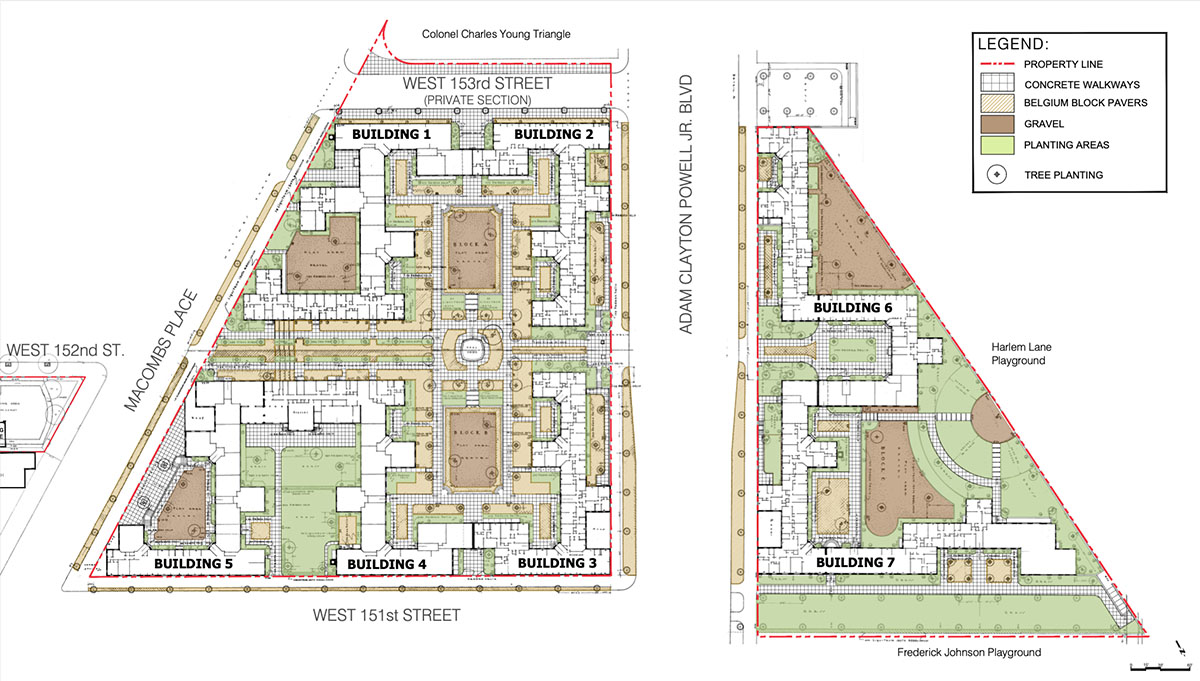A Catalyst for Urban Renewal in Harlem
The Harlem River Houses is a public housing project located in the Bronx, New York City and it was one of the first public housing projects in the United States. It is widely considered a pioneering example of modern urban renewal. The project was designed to provide affordable housing to low-income families, many of whom were African American, and to improve the overall living conditions in the inner city. At the time of its construction, the Harlem River Houses was hailed as a major achievement in urban planning and architecture. The project featured spacious apartments, ample green space, and a range of community amenities. The complex was also designed to encourage social interaction among residents, with shared public spaces and communal areas.
However, the Harlem River Houses and other public housing projects like it soon became mired in controversy. Over time, the projects deteriorated and became associated with crime, poverty, and urban decay. Many blamed the design of the projects, which was seen as isolating residents from the rest of the community and creating a sense of confinement. In the 1950s and 1960s, urban renewal efforts swept the country, as city officials and planners sought to revitalize inner-city neighborhoods and address the social problems that had plagued them for decades. In many cases, this meant tearing down old buildings and replacing them with new, modern structures, such as high-rise apartment buildings and office towers.
The Harlem River Houses was one of the few public housing projects to survive this wave of urban renewal. However, the effects of this era of urban planning can still be seen in the inner cities of many American cities. Despite the lofty goals of urban renewal, critics argue that it ultimately did more harm than good, as it displaced thousands of residents, destroyed vibrant communities. Today, the remains of inner cities serve as a stark reminder of the failures of urban renewal and the challenges that still face American cities. Despite decades of effort and investment, poverty, and crime remain stubbornly entrenched in many urban areas. In recent years, there has been a growing recognition of the need for more holistic and community-based approaches to urban renewal, which focus on empowering local residents and fostering social and economic growth.
The Harlem River Houses and the legacy of urban renewal offer important lessons for urban planners, policymakers, and residents alike. While the failures of the past cannot be undone, they can be learned from, and new approaches can be developed.



Comments
Post a Comment